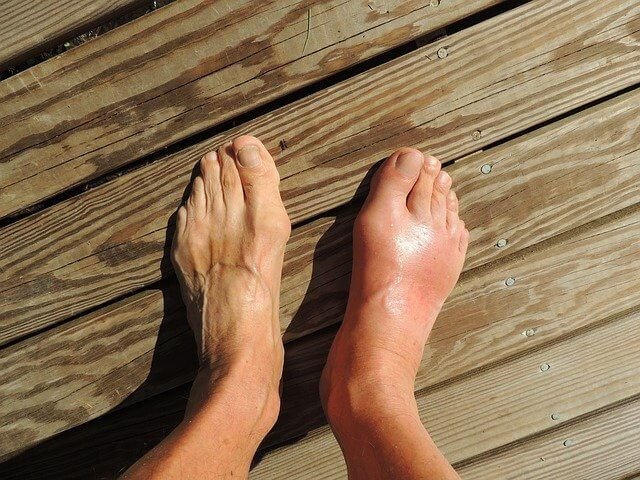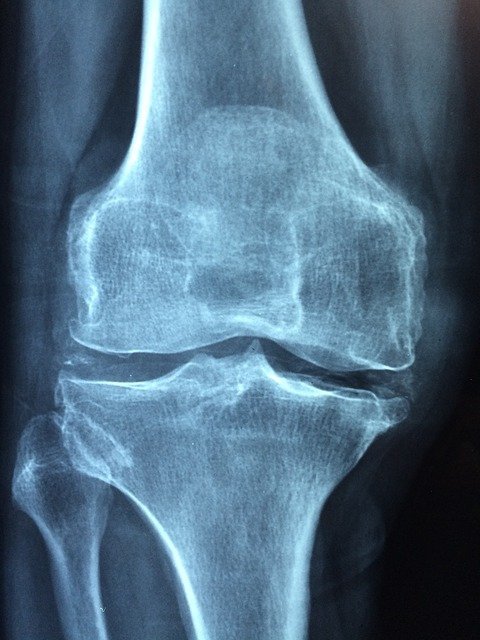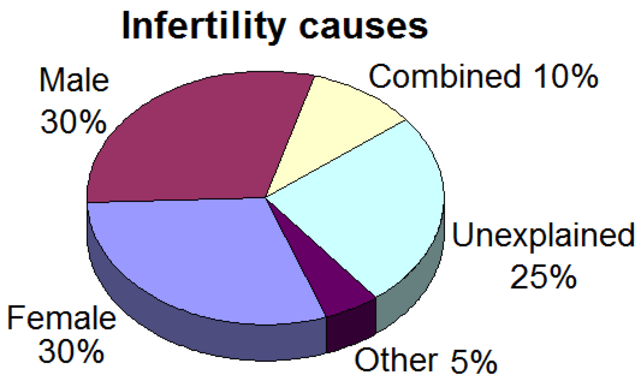- Hijama / Cupping Treatment Plan
- Body Part / Function Involved
- Symptoms and Effects
- Dietary Changes
- Changes in Lifestyle
- Alternative Remedies
Information on this site shall be considered as holistic, alternative and spiritual advice only. For medical advice and treatment a GP, medical professional and/or Certified Hijama Therapist should be consulted. In all circumstances where lifestyle changes, supplements, or other foods are suggested your GP should be consulted. Client Safety is the number one priority.
Hijama / Cupping Treatment Plan for Gout – Uric Acid
Allow 2-4 weeks between sessions – longer if required. Hijama Points shown for each session should ONLY be used to guide the therapist. Body size, cup size, and any other conditions need to considered and appropriate care and attention taken. The number of sessions shown can be increased or reduced depending on the condition of the client.
Complete Treatment Plan
Click here for Session 1Click here for Session 2
Click here for Session 3
Use the standard hijama points as an additional or as separate standalone sessions.
Standard Wet Points – 1,55,28,29,30,31,121
Click here for Hijama Points on the front of the bodyClick here for Hijama Points on the back of the body
If the client has a complicated history and numerous concerns then it is a good idea to use our online consultation service – click here.
Which body part or function is involved in Gout – Uric Acid?
Gout is a health condition associated with high uric acid levels in the blood leading to the accumulation of urate crystals in the joints cause a very painful gouty arthritis. Uric acid is an end product of naturally occurring purine present in our body but certain foods also contain purines these include red meat, seafood including trout, mussels, and tuna, alcohol, beer, and drinks containing fruit sugars as a sweetener are high in uric acids. the urate crystals that are formed due to high uric acid levels form needlelike sharp crystals in the joint and associated tissues causing inflammation, swelling, and pain.
Gout is caused by high uric acid levels and several risk factors can increase the chances of uric acid accumulation. This includes a diet rich in red meat, intake of alcohol, beer, and drinks containing fruit sugars leads to a high risk of gout development. Higher body weight leads to higher uric acid production and burdens the kidneys with extra work. Also, some health conditions like diabetes, heart and kidney diseases, high blood pressure, obesity, and some metabolic syndromes can increase the chances of gout development. Likewise, the family history of gout increases the risk of gout development in a person. Gout is more common in men than women and generally develops at an age of 30 to 50. Some medications like the use of diuretics, immuno-suppressants, medicines used for hypertension also cause higher uric acid levels in the blood.
The symptoms of gout include pain and swelling in any one joint of the body, heat, redness, aching or sore joints, swelling or pain in a joint of the big toe, knee, or ankle.
Gout most occurs in flares where it starts suddenly and symptoms are experienced for days to weeks that follow a period of symptomless remission that can last any amount of time from weeks, months to years until another episode of gout flares starts. It usually affects one joint at one time and mostly affects the big toe.

What are the symptoms and effects of Gout – Uric Acid on the body?
Gout is a very aching form of inflammatory arthritis also called ‘gouty arthritis’ caused when uric acid levels in the blood serum are raised above the normal range leading to accumulation of urate crystals in the joints. Uric acid is primarily produced in the liver, intestine, muscles, and kidneys as a waste product when the human body breakdowns the purines (adenine and guanine). Also, both live and dead cells breakdown their nucleic acids containing the adenine and guanine to uric acid.
As a normal process, the uric acid gets dissolved in the blood gets filtered by the kidneys, and passes down with urine. The levels of uric acid in our body build-up due to two reasons either the kidneys are unable to efficiently excrete the excessive uric acid from the body or our body is producing an unnecessarily higher amount of uric acid. In humans, uric acid cannot be further oxidized to a more soluble product due to the lack of an enzyme called uricase. The gene for this enzyme has lost its functional activity and the mRNA produced from the gene contains two premature stop codons making the encoding gene a pseudogene.
Uric acid performs various physiological roles in the body that’s the reason about 90% of the uric acid that is filtered by the kidney glomeruli is reabsorbed. Half of the antioxidant capacity of blood plasma in the human body comes from uric acid, it acts as a peroxynitrite scavenger, antioxidant, and strong reactive oxygen species (ROS). Besides the harmful effects that are caused due to higher uric acid levels in the body, the right amount of uric acid is very essential for some crucial body functions by playing role in the healing of tissues by starting the inflammatory process required for the repair, mobilizes the progenitor endothelial cells, and scavenges free oxygen radicals.
What changes in diet can help improve symptoms of Gout – Uric Acid?

Food like red meat, organ meat, salmon, sardines, lobsters and shrimps, and alcoholic drinks increases the risk of uric acid accumulation leading to gout. While diet low in fats, fresh vegetables and fruits, nuts and grains, eggs, rice, pasta, fish, and chicken in a moderate amount lowers the chances of gout.
Changes in lifestyle which can help Gout – Uric Acid
Gout and its associated symptoms can be controlled by avoiding food and drinks that are rich in purines, take rest and sleep properly, schedule a routine of regular exercise, avoid stress as it can trigger the gout flare or increases the severity of the symptoms, try herbal supplements like turmeric to reduce the inflammation.
Possible alternative remedies for Gout – Uric Acid
Know about the warning signs of gout flare-up and take the prescribed medicine as there are signs. Prescribed medicine may include NSAIDs like ibuprofen or steroids to decrease the inflammation. Along with medication some home care can also help out in relieving symptoms like the use of cold packs if the pain is not severe, rest the affected joint and avoid movement to improve pain, keep yourself hydrated because when there is not enough water in the body uric acid levels rise.




